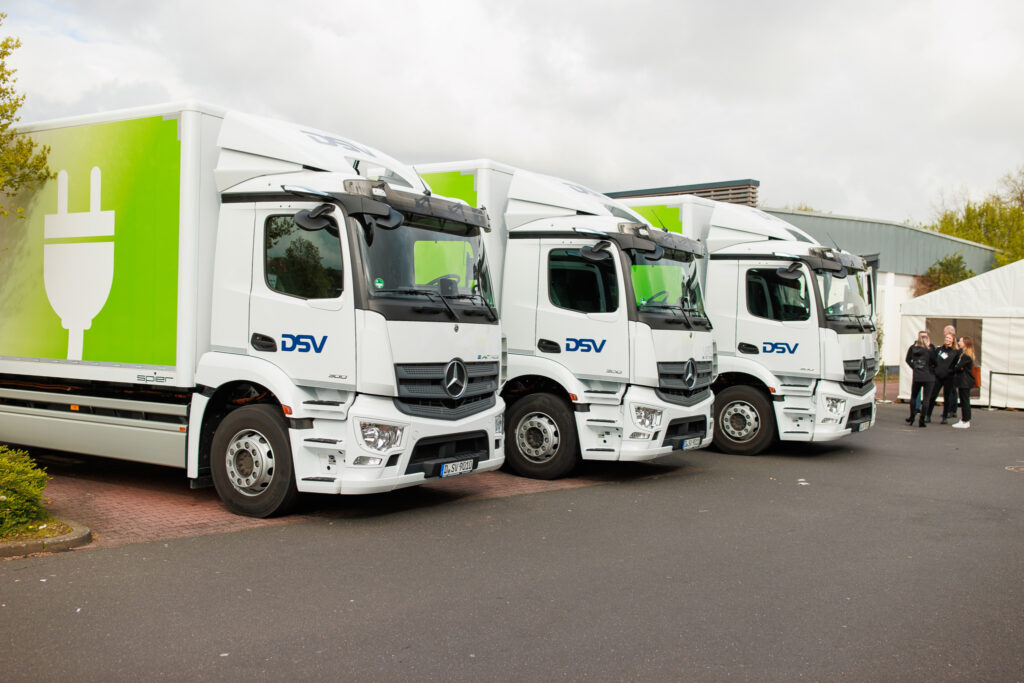Global Trucking Trends: Transport members back European charging network
Transport members in the European Parliament have backed a deal to deploy more charging stations and hydrogen fueling infrastructure along the Trans European Transport (TEN-T) network.
Among the commitments, electric charging stations for trucks would need to be installed every 120 km on half of the European Union’s main roads and offer outputs of 1,400 to 2,800 kW depending on the road. Half of them would need to be deployed on the TEN-T network by the end of 2027.
Parking areas would each need to include two charging stations by the same year, while hydrogen refueling stations would need to be spaced no more than 200 km apart by 2031.

But the IRU pointed to the lack of a call to evaluate the grid reinforcements needed to support heavy-duty vehicles, as well as “vague” output conditions for urban transportation nodes.
“Without sufficient power, the charging infrastructure is of no use to the heavy-duty commercial road transport sector,” said Raluca Marian, director of EU advocacy.
“In the transition to zero-emission vehicles, urban areas are the low-hanging fruit. But AFIR (the alternative fuels infrastructure regulation) puts the cost and responsibility to establish charging points almost entirely on transport operators. The road transport industry consists mainly of small and medium-sized enterprises with razor-thin margins. Buses could potentially recharge at their depots, but what about trucks and coaches?”
The plan faces a formal vote by the EU27 transport ministers, scheduled on June 1, with a full vote in European Parliament to follow in June or July.
Reducing emissions, connecting China
In other global trucking news:
- Existing decarbonization measures will reduce global transport-related carbon dioxide emissions by only 3% by 2050 – missing “by a wide margin” the changes needed to control climate change, according to the International Transport Forum (ITF). But it told a global summit of transport ministers that accelerated efforts could, compared to 2019, see such emissions drop about 80% over the next 25 years. “It will be absolutely essential to quickly scale up cost-competitive technologies and fuels to move people and goods with far, far fewer emissions,” said ITF Secretary-General Young Tae Kim. Freight transport is projected to double in the next 25 years based on current trends, while passenger transport will grow 79%.
- CEVA Logistics has activated a new TIR (Transport Internationaux Routiers) route, connecting China and Central Asia. Its first truck loaded with industrial components, auto parts and other goods left Kashgar, China, traveled through Kyrgyzstan, and arrived in Samarkand, Uzbekistan. CEVA expects to send 100 trucks along the route every month, IRU reports.
Have your say
This is a moderated forum. Comments will no longer be published unless they are accompanied by a first and last name and a verifiable email address. (Today's Trucking will not publish or share the email address.) Profane language and content deemed to be libelous, racist, or threatening in nature will not be published under any circumstances.